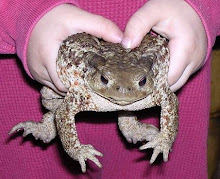Tuesday, May 29, 2018
Color Test Strips
I've been meaning to do this for almost as long as I've been making woodblock prints.
Mokuhanga prints usually are made with transparent colors and the nature of printing from an imperfect surface (wood grain) onto another imperfect surface (paper fibers) with a handheld device (a baren) that allows a great deal of variability in the pressure obtained means that the final result is often not fully predictable.
I do know that whenever to color layers are printed--either the same or different colors, the result is almost always both denser and richer than that you can obtain by just increasing the pigment or mixing the colors in just one pass or impression.
Here are a few test strips made with a fairly simple model.
There's a single block with 5 squares and the block is printed with a color mixture made up of 50% pigment (from tube watercolors) and 50% rice paste. The entire block is printed once, and then with each following impression one less square is printed.
The end result is 5 separate squares each printed with the same color mixture but with a varying number of impressions. The first block was printed only once, the second twice, the third three times, etc.
The results show the buildup of pigment and overall tonal strength obtained by multiple impressions.
I could have gotten a much lighter 1st square by using even more dilute pigment and I could have gotten a much darker final square by adding additional pigment each time to increase the pigment load above 50%.
The next step is to do a color grid, showing the effects of overlapping the primary colors to obtain secondary and tertiary colors.
Labels:
color tests,
gradient,
mokuhanga,
rice paste,
sumi,
test strips,
wood grain
Subscribe to:
Post Comments (Atom)






Thanks for this. I like seeing clear examples of the process.
ReplyDelete